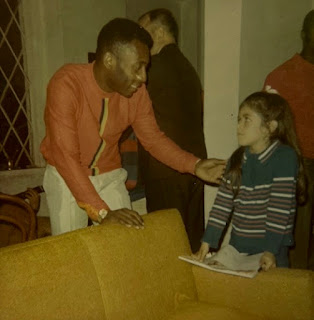The Paradox of Inference and the Non-Triviality of Analytic Information
Marie Duží
Department of Computer Science FEI, VSB-Technical University Ostrava, Czech Republic
Abstract
The classical theory of semantic information (ESI), as formulated by Bar-Hillel and Carnap in 1952, does not give a satisfactory account of the problem of what information, if any, analytically and/or logically true sentences have to offer. According to ESI, analytically true sentences lack informational content, and any two analytically equivalent sentences convey the same piece of information. This problem is connected with Cohen and Nagel’s paradox of inference: Since the conclusion of a valid argument is contained in the premises, it fails to provide any novel information. Again, ESI does not give a satisfactory account of the paradox. In this paper I propose a solution based on the distinction between empirical information and analytic information. Declarative sentences are informative due to their meanings. I construe meanings as structured hyperintensions, modelled in Transparent Intensional Logic as so-called constructions. These are abstract, algorithmically structured procedures whose constituents are sub-procedures. My main thesis is that constructions are the vehicles of information. Hence, although analytically true sentences provide no empirical information about the state of the world, they convey analytic information, in the shape of constructions prescribing how to arrive at the truths in question. Moreover, even though analytically equivalent sentences have equal empirical content, their analytic content may be different. Finally, though the empirical content of the conclusion of a valid argument is contained in the premises, its analytic content may be different from the analytic content of the premises and thus convey a new piece of information.
Department of Computer Science FEI, VSB-Technical University Ostrava, Czech Republic
Abstract
The classical theory of semantic information (ESI), as formulated by Bar-Hillel and Carnap in 1952, does not give a satisfactory account of the problem of what information, if any, analytically and/or logically true sentences have to offer. According to ESI, analytically true sentences lack informational content, and any two analytically equivalent sentences convey the same piece of information. This problem is connected with Cohen and Nagel’s paradox of inference: Since the conclusion of a valid argument is contained in the premises, it fails to provide any novel information. Again, ESI does not give a satisfactory account of the paradox. In this paper I propose a solution based on the distinction between empirical information and analytic information. Declarative sentences are informative due to their meanings. I construe meanings as structured hyperintensions, modelled in Transparent Intensional Logic as so-called constructions. These are abstract, algorithmically structured procedures whose constituents are sub-procedures. My main thesis is that constructions are the vehicles of information. Hence, although analytically true sentences provide no empirical information about the state of the world, they convey analytic information, in the shape of constructions prescribing how to arrive at the truths in question. Moreover, even though analytically equivalent sentences have equal empirical content, their analytic content may be different. Finally, though the empirical content of the conclusion of a valid argument is contained in the premises, its analytic content may be different from the analytic content of the premises and thus convey a new piece of information.





Comments
Post a Comment